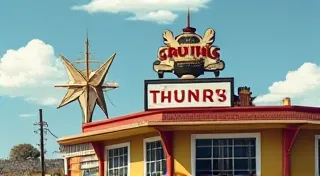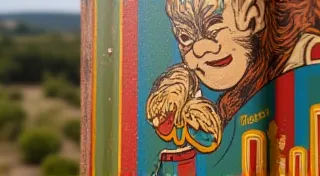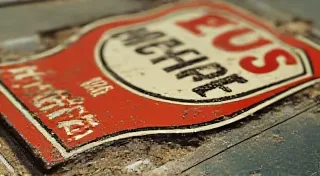The Enduring Appeal of Porcelain Enamel Advertising Signs: A Collector's Guide
Porcelain enamel advertising signs stand as vibrant testaments to a bygone era, representing a golden age of American advertising and consumer culture. More than just decorative objects, these signs offer a fascinating glimpse into the marketing strategies and design aesthetics of the past. For collectors, they represent a tangible link to history, offering beauty, rarity, and potential investment value. This guide explores the allure of porcelain enamel signs, providing insights for both seasoned collectors and those just beginning their journey into this rewarding hobby.
What are Porcelain Enamel Signs?
Unlike paper or cardboard signs, porcelain enamel signs are incredibly durable. They’re created through a layered process. A steel sheet is first coated with a base layer of enamel frit, a glass-like powder. This is then fired at high temperatures, creating a robust foundation. Next, colored enamel frit is applied, often using stencils or screen printing, to create the design. Finally, a protective coat of clear enamel is applied and fired again. This multi-layered process results in a sign that can withstand the elements and last for decades, often centuries, making them ideal for outdoor display.
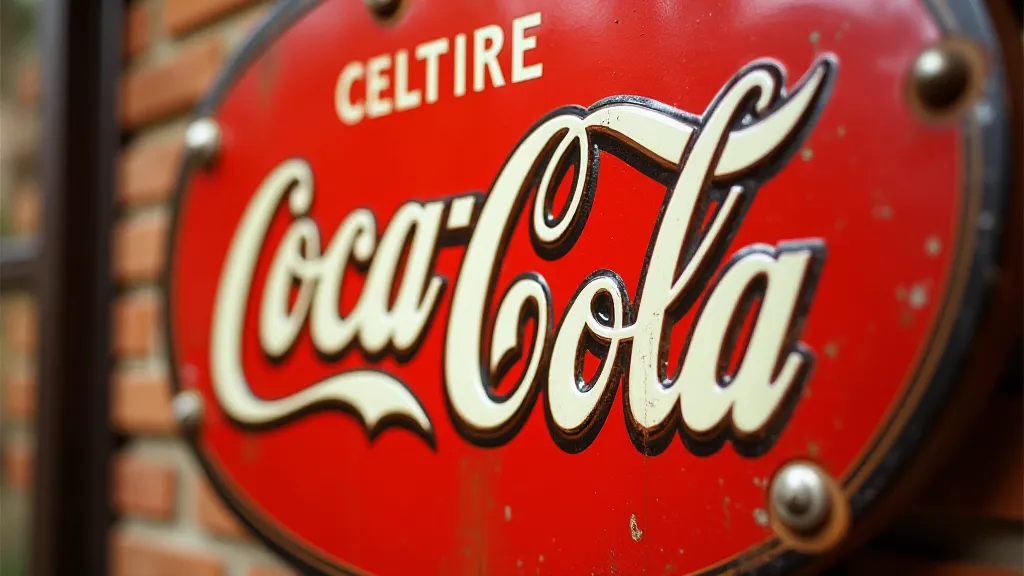
Types of Porcelain Enamel Signs
Porcelain enamel signs come in a variety of forms, each offering unique collecting interests:
- Flat Signs: The most common type, these are simple, single-sided signs. They are often found advertising drinks, gasoline, and food products.
- Embossed Signs: These signs feature raised lettering or graphics, adding depth and visual interest. Embossing significantly increased manufacturing costs and, therefore, these are often rarer and more valuable.
- Animated Signs: These are ingenious designs featuring multiple panels that move with the wind or a crank, creating a dynamic display. They were particularly popular for roadside attractions and gas stations.
- Double-Sided Signs: These signs advertise different products on each side, often catering to both directions of traffic.
Iconic Brands and Designs
Certain brands are particularly sought after by collectors. Some of the most desirable include:
- Coca-Cola: Coke signs are arguably the most popular and widely collected, with a vast range of designs and sizes.
- Ford: Early Ford advertising signs are highly prized, showcasing the burgeoning automobile industry.
- Sinclair: The distinctive "Dixie" logo of Sinclair Oil makes these signs instantly recognizable and desirable.
- Dairy Companies: Signs advertising milk, butter, and cheese are increasingly popular, often displaying charming depictions of rural life.
- Automotive Brands: Beyond Ford, other automotive brands like Chevrolet, Chrysler, and Studebaker offer valuable collecting opportunities.
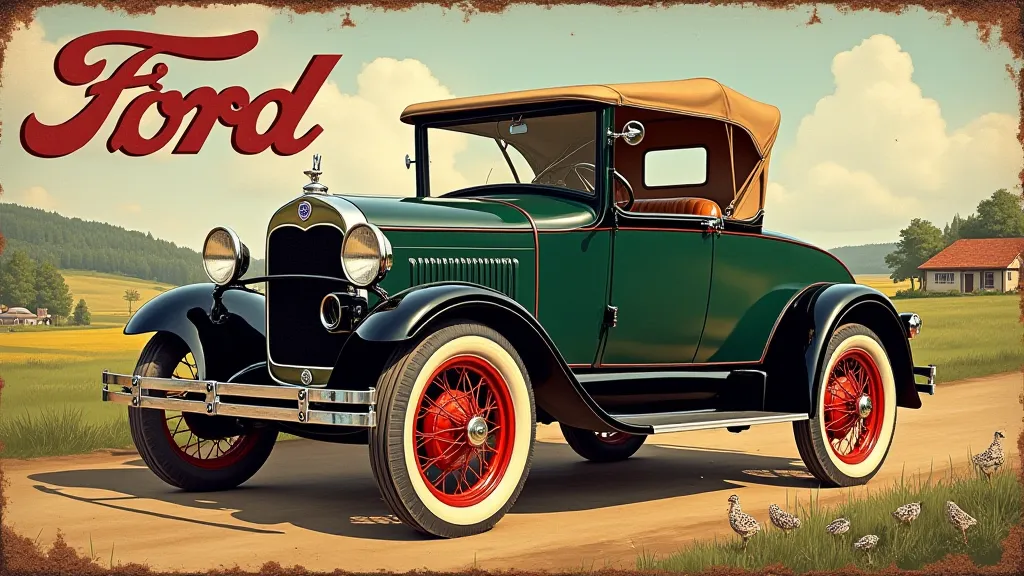
Assessing Condition and Value
Condition is paramount when evaluating the value of a porcelain enamel sign. Here's a breakdown of key factors:
- Originality: Is the sign truly original, or has it been repainted or restored?
- Rattle: 'Rattling' refers to the interior of the sign shifting, often a sign of rust or delamination.
- Paint Loss: Minor paint loss can be acceptable, but extensive chipping or fading significantly reduces value.
- Rust: Surface rust can sometimes be cleaned, but significant rust throughout the sign is detrimental.
- Damage: Dents, bends, or holes substantially lower the value.
Value is determined by a combination of rarity, brand recognition, condition, and size. Researching comparable sales is crucial for accurate assessment.
Resources for Sign Collecting Enthusiasts
The world of vintage advertising signs is vast and fascinating. Here are some starting points for further exploration:
- Attend Sign Shows & Auctions: A great way to see a wide variety of signs and connect with other collectors.
- Join Online Forums & Communities: Share knowledge and ask questions with fellow enthusiasts.
- Consult Price Guides: While prices fluctuate, these guides can provide a general idea of value.
Collecting vintage advertising signs is more than just acquiring objects; it's preserving a piece of history. With knowledge, patience, and a keen eye, you can build a collection that is both beautiful and valuable.

